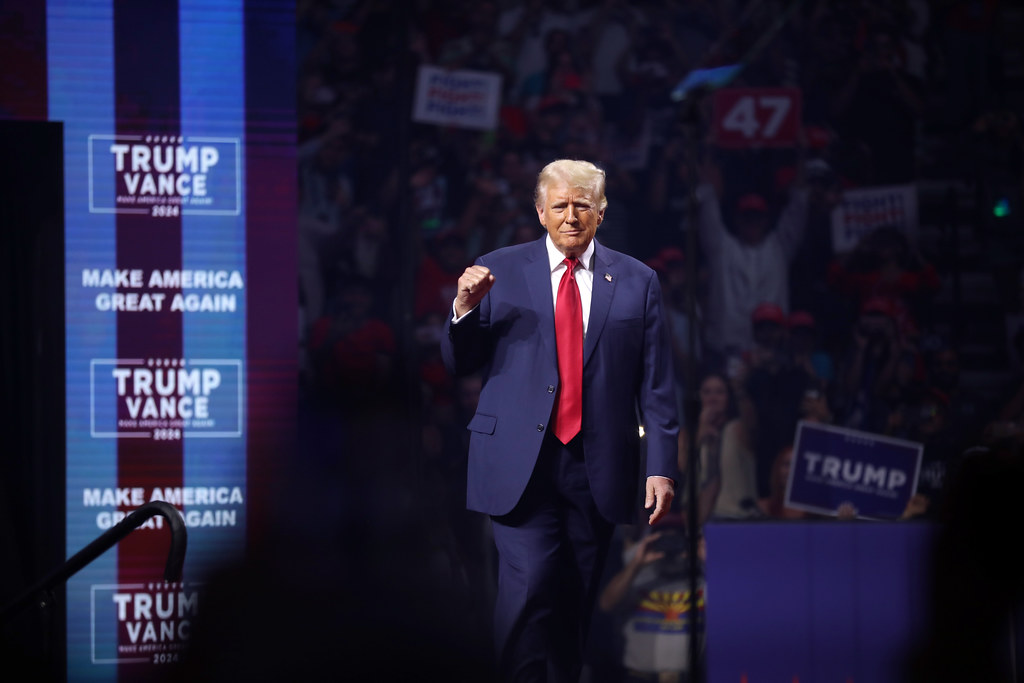
As Donald Trump prepares for a possible second term in the White House, his transition team faces the complex task of deciding the composition of his Cabinet. Trump is known for valuing loyalty and effectiveness, traits he has often found in political outsiders rather than seasoned politicians. His past appointments, like Steven Mnuchin for Treasury Secretary and Ben Carson for Housing and Urban Development Secretary, underscore his preference for appointing individuals from outside the traditional political sphere.
The Sessions Lesson and its Aftermath
Trump’s presidency has been marked by a wary approach to appointing sitting lawmakers, a hesitation rooted in past experiences with political appointees who later became sources of frustration. For instance, Jeff Sessions, Trump’s first attorney general and a former senator, fell out of favor after recusing himself from the Russian interference investigation, a move Trump viewed as a betrayal. Likewise, other former congressional appointees faced scandals or inefficiencies that tarnished their tenures, prompting Trump to avoid risking important legislative seats, particularly in the Senate.
Trump’s approach to selecting his Cabinet also considers the potential political cost of removing lawmakers from Congress, particularly with the Senate’s delicate balance. The infamous case of Roy Moore in Alabama, where Democrats seized a Senate seat following Sessions’ departure, remains a cautionary tale. This has led to Trump favoring potential candidates like Eric Schmitt and Marco Rubio, who have indicated a willingness to serve but without the explicit promise of a position.
Candidates Stepping Forward and Back
The transition discussions have seen various developments, with figures like Tom Cotton opting out due to personal considerations and a focus on his Senate career. Others like Mike Pompeo and Mike Waltz remain key figures discussed for potential roles. Meanwhile, Trump’s eldest son, Donald Trump Jr., has taken an active role in the transition, vowing to eliminate candidates he perceives as insufficiently aligned with Trump’s agenda.
The ongoing selection process is more than just filling positions; it’s about securing a team that can effectively implement Trump’s policy goals without causing undue controversy or inefficiency. As Trump’s team navigates these waters, they remain mindful of the broader political impact, particularly how appointments could affect the administration’s ability to achieve early legislative victories.
Contemplating a Loyal and Effective Cabinet
The task of building a Cabinet for a potential second term under Trump presents both opportunities and challenges. While Trump’s preference for outsiders has sometimes brought fresh perspectives to the government, it has also led to tensions and mismatches in the administration’s goals versus individual capabilities. The coming weeks will likely see a balancing act as Trump weighs the benefits of loyalty and outsider perspectives against the practical needs of governance and the realities of political capital.
As Trump and his team deliberate on these crucial appointments, the broader implications for U.S. policy and international relations loom large. The choices made now could define the trajectory of the next four years, highlighting the interplay between personal loyalty and professional efficacy in shaping government at the highest levels.
Featured image credit: Gage Skidmore via Flickr
Follow us for more breaking news on DMR
